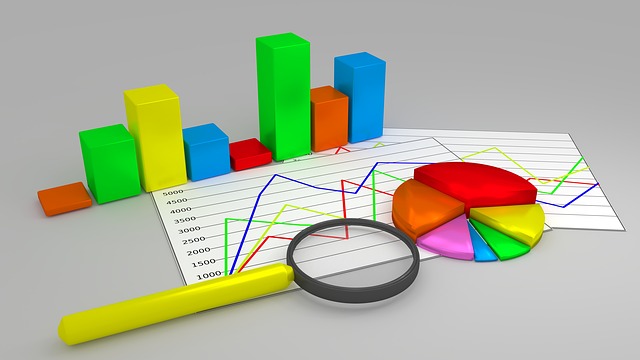 PR pros cite measurement – or the lack of it — as their main challenge.
PR pros cite measurement – or the lack of it — as their main challenge.
Almost three-quarters (72%) of PR pros surveyed by Muck Rack rank measuring business impact as their top challenge. In addition, 65% cite lack of quantifiable measurement, and 50 % cite tracking media mentions, compiling clips and building coverage reports. Finding and engaging with relevant journalists and tightening budgets, both cited by 61% of survey participants, are also among the top challenges.
Almost all PR pros measure their PR in at least some way. Most PR teams track traditional PR metrics like coverage and audience reach, social media impact and website impact. A little under a third look at sales impact. Tracking sales impact may be much harder to measure for some businesses than others, based on scale, tech stack and type of sales completed, the report notes.
Despite worries over decreasing funds, most PR budgets are stagnant or increasing. A quarter of respondents expect their budgets will increase, and 38% expect their budgets will at least stay the same. Only 11% say they expect a decrease.
PR teams also appear to have access to executive leadership. More than half (54%) brief their leadership teams weekly. Only 4% update leaders upon request, as opposed to having a regularly scheduled meeting.
How PR can Show Value
More than two-thirds (68%) said measureable results would show the internal value of PR. That was more than any other action, except for coverage/media relationships, named by 73%.
“However, just offering data and press clippings isn’t enough for many in the PR industry,” notes PR Daily Editor Ted Kitterman. “According to the Barcelona Principles, PR pros should measure the outcomes they achieve, not the inputs or assorted tasks they complete. That means PR pros must get creative with how they measure engagement with their campaigns. If a tool can start to offer those kinds of insights, it might see rapid adoption across the PR industry.”
Powerful PR measurement tools are now available that can reveal PR’s contribution to business goals. The best services offer compressive media monitoring, integrated media and business analytics, and customizable features. The best services also include human analysts who can assess media clips for greater accuracy.
Finding the Right PR Measurement Tool
PR measurement tools can deliver data in wildly different ways. It’s essential to understand the data each tool provides, their strengths and weaknesses, and to apply tools consistently to provide “apples to apples” comparisons.
All businesses should regularly review PR measurement services. New start-ups continually emerge, companies are regularly acquired, go out of business, or revamp their offerings. Many organizations have experienced the unhappy situation of selecting a media listening solution that doesn’t meet their needs, and having to begin the search all over again in less than a year. For that reason and others, it’s best to avoid measurement services that require a long-term contract of a year or more.
“PR results can and should be measured,” writes Kate Finley, CEO at Belle Communications. “The expectation of measurement that more clearly translates to sales and leads is increasing, and it’s essential that PR professionals have proper measurement in place tailored to the brands with which they are partnering.”
Measurement services that correlate media placements with business outcomes better prove the value of PR. Glean.info by CyberAlert is one of those services.
Bottom Line: PR pros see measurement as their top challenge, a recent survey shows. Improved PR measurement services now available can demonstrate how PR contributes to business goals.
William J. Comcowich founded and served as CEO of CyberAlert LLC, the predecessor of Glean.info. He is currently serving as Interim CEO and member of the Board of Directors. Glean.info provides customized media monitoring, media measurement and analytics solutions across all types of traditional and social media.




